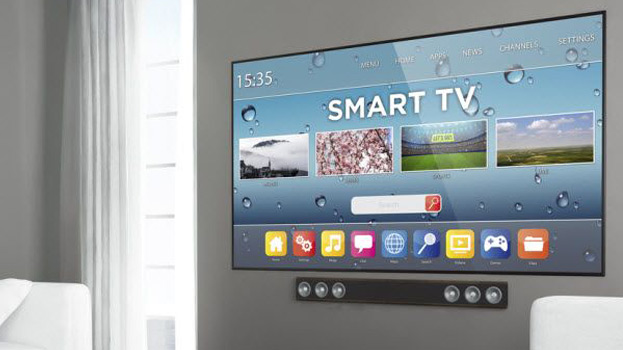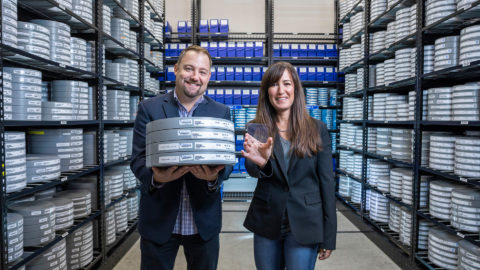IT Solutions: Your own motion could one day power your cell phone
Researchers develop device that could do away with need for wearable batteries
Looking forward to the day when you don’t have to charge your cell phone or activity tracker?
That day might not be as far away as you think.
Researchers at Michigan State University have developed a device they’ve dubbed a nanogenerator that lets motion charge a mobile device or a wearable.
A cell phone using this technology, for instance, would need no battery. Your own motion would provide power.
“What I foresee, relatively soon, is the capability of not having to charge your cell phone for an entire week, for example, because that energy will be produced by your movement“, said Nelson Sepulveda, associate professor of electrical and computer engineering at Michigan State University, in a written statement. “We’re on the path toward wearable devices powered by human motion.”
It’s not clear how soon the device would be ready for actual production.
According to the university, the nanogenerator is built with a silicone wafer that is then layered with films made of silver, polyimide and polypropylene ferroelectret. Then ions are added so each layer of the device has charged particles.
When the device is subjected to motion, it creates electrical energy.
The nanogenerator, which is as thin as a sheet of paper, is adaptable to different sizes and applications. Researchers have been able to use it to power an LCD touch screen, a bank of 20 LED lights and a flexible keyboard.
The device used to power the LED lights was palm-sized, for example, while the one used to power the touch screen was as small as a finger, according to the university.
Scientists said the device becomes more powerful if it’s folded.
“Each time you fold it, you are increasing exponentially the amount of voltage you are creating“, Sepulveda said in the statement. “You can start with a large device, but when you fold it once, and again, and again, it’s now much smaller and has more energy. Now it may be small enough to put in a specially made heel of your shoe so it creates power each time your heel strikes the ground.”
That energy could then be transferred from the shoe to a headset.
The device, which is still being studied, is lightweight, flexible, relatively inexpensive and scalable, the university said.
For more information and a personalized IT Solutions business offer, please contact us.
Source: www.computerworld.com



